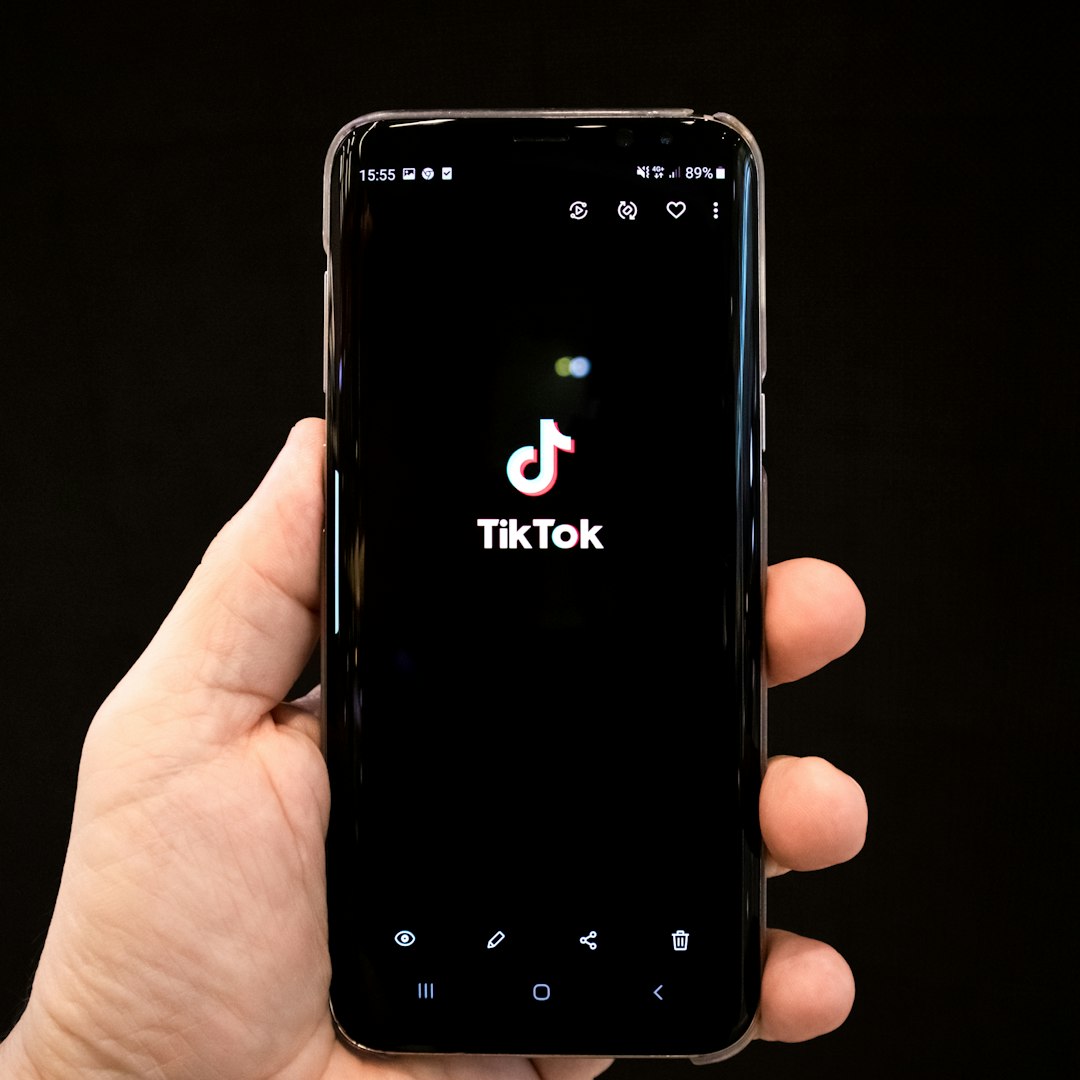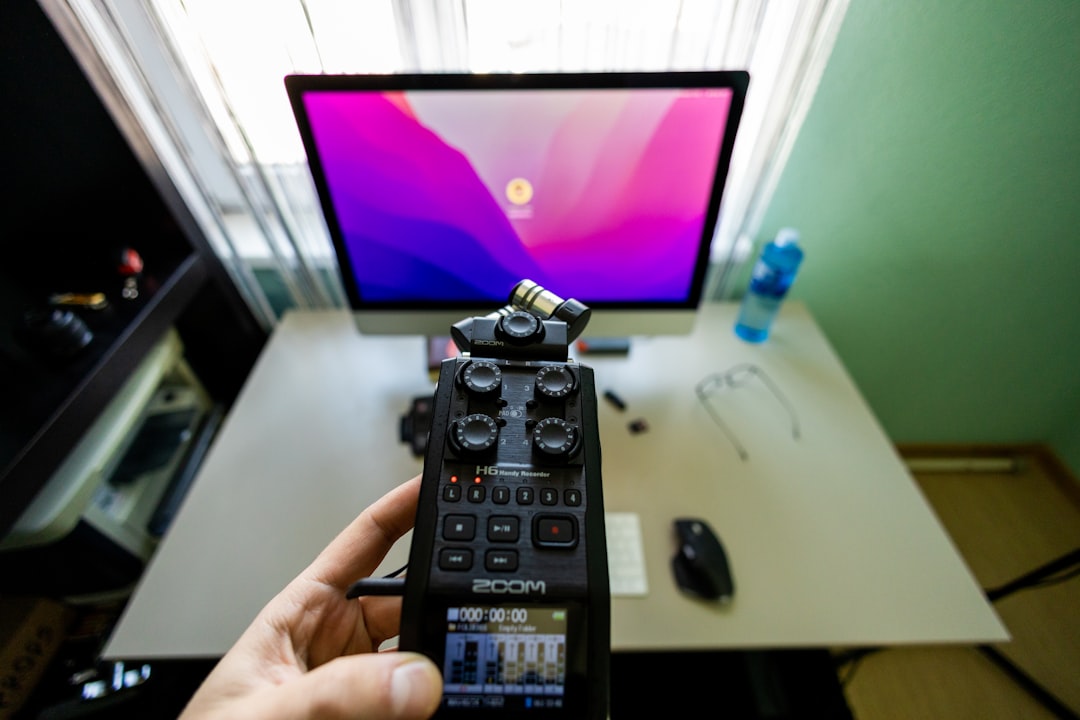Stateside Streaming Explained: How U.S. Viewers Are Shaping the Future of Online Entertainment
Only a decade ago, Americans were still debating whether cutting the cord from traditional cable TV was a bold or foolish move. Today, the debate is long settled — streaming has taken over. From Netflix to HBO Max, from YouTube to Disney+, U.S. viewers are not just consuming online entertainment; they’re actively shaping its evolution. This seismic shift in viewing habits offers a fascinating look into the very future of global media.
The Streaming Surge: Why America Matters
Table of Contents
The United States is often seen as the epicenter of media innovation. Not only are many of the most influential streaming platforms based in the U.S., but the market also serves as a testing ground for global streaming trends. American consumers have been instrumental in popularizing binge-watching, demanding original content, and driving up investments in production budgets.
What makes the U.S. streaming scene so impactful?
- Large Audience Base: With over 330 million people, the U.S. boasts a vast and diverse viewer demographic.
- High-Speed Internet Access: Widespread broadband infrastructure allows for seamless HD and 4K streaming.
- Demand for On-Demand: Americans increasingly prefer content they can consume on their schedule, not a network’s.
This dynamic has turned the U.S. into a battleground for streaming dominance, as platforms compete not only for subscribers but for cultural influence.

The Big Players and the Disruptors
The U.S. streaming landscape includes well-established giants and agile newcomers. While Netflix remains a leader in both content volume and brand recognition, competition has intensified.
Legacy Networks Enter the Arena
For years, networks like NBC, CBS, and Disney worked exclusively in traditional broadcast and cable models. But seeing the writing on the wall, these companies have launched their own streaming platforms:
- Disney+ – Drawing on franchises like Star Wars, Marvel, and Pixar.
- Peacock – NBCUniversal’s attempt to bring live content and sitcom classics to younger audiences.
- Paramount+ – Leveraging CBS’s shows and original productions.
These platforms are not just competing on who has the best content. They’re pushing innovations in pricing models, user interface, and even interactive storytelling.
Emerging Disruptors
New, niche platforms are also earning their piece of the pie. Services like:
- Shudder – Specializing in horror and thriller content.
- CuriosityStream – Catering to the educational and documentary-loving audience.
- CoffeeTV – A rising indie platform aimed at short-form storytelling.
This segmentation reflects how American viewers are demanding not more content, but better tailored content.
What Are Americans Watching — And How?
According to Nielsen, American adults spend nearly eight hours a day in front of digital screens, and streaming accounts for over a third of total screen time. Gone are the days of 9-to-5 programming schedules. Now, Americans consume content:
- Across multiple devices — from smart TVs and tablets to game consoles and smartphones.
- On multiple services — the average U.S. household subscribes to nearly four different streaming platforms.
- In non-traditional formats — including YouTube vlogs, Twitch live streams, and TikToks.
This shift has forced content creators to embrace versatility. A hit today might be a gritty 10-episode drama, and tomorrow, it could be a 30-second viral sketch.

The Rise of the Binge and the Fall of the Weekly Episode
Thanks largely to American viewers’ fast-paced lifestyles and love for instant gratification, the binge model — releasing an entire season at once — quickly became the norm after Netflix popularized it in 2013. But some platforms, like Disney+ and Apple TV+, are showing signs of reverting to weekly releases, especially for flagship shows.
Why? The binge vs. weekly debate is more than just a discussion about storytelling. It’s about viewer retention, trend longevity, and social media buzz. Weekly episodes keep people talking longer; they turn shows into ongoing events rather than weekend events. U.S. platforms are increasingly experimenting with hybrid models — for example, releasing the first few episodes at once, then spreading the rest weekly.
Originals vs. Legacy Titles: What Drives Subscriptions?
Americans love original content, but that doesn’t mean legacy titles don’t matter. Consider how shows like The Office and Friends caused bidding wars between platforms when their licensing deals expired. While originals are great for new subscriber acquisition, classic shows are often what keep users paying month after month. They’re the digital equivalent of comfort food — easy to watch, rewatch, and recommend.
This dual trend has prompted major investments in both original programming and exclusive streaming rights. In fact, some platforms now dedicate half their annual budgets solely to producing in-house content. American audiences seem to reward that boldness — shows like Stranger Things and The Mandalorian have become cultural touchstones almost overnight.
How Americans Are Influencing Global Strategies
Streaming isn’t confined by borders. But U.S. consumer behavior often becomes a playbook for international markets. For example:
- U.S. preference for mobile viewing has led many international services to offer mobile-first experiences.
- Innovations in pricing, such as Netflix’s ad-supported tier, often debut first in the States before launching globally.
- American fans’ appetite for foreign content — like Korean dramas and Spanish-language thrillers — is boosting investment in global productions.
In essence, international players are now designing their content and platforms with American preferences in mind, even if they are headquartered on the other side of the planet.
The Road Ahead: Challenges and Possibilities
The future of streaming in the U.S. isn’t without its challenges. From subscription fatigue to increasing competition and data privacy concerns, the industry must continuously innovate to keep its audience engaged. Here are some key areas to watch:
1. Bundling Returns in a New Form
Remember cable bundles? Ironically, we may be heading back to a similar model — only this time through streaming. Services may soon offer bundle options across platforms, like Disney bundling Hulu, ESPN+, and Disney+ at a discounted rate.
2. Interactivity and Gamification
Platforms are exploring interactive storytelling, where viewers choose a character’s fate, or answer questions during episodes. It’s an engagement model that turns passive viewers into active participants — a promising innovation particularly popular with younger viewers.
3. AI and Personalization
From recommendation algorithms to voice-guided search, artificial intelligence is becoming integral to the streaming experience in the U.S. The future may lie in even deeper personalization — think curated channels, smart playlists, and dynamic thumbnails created in real-time based on your preferences.
Final Words
Streaming in the U.S. isn’t just domestic evolution — it’s a global revolution with America steering the helm. As platforms diversify, technologies evolve, and content becomes ever more immersive and segmented, one thing remains clear: the American viewer holds a remarkably powerful remote control. Whether through clicks, subscriptions, or social shares, U.S. users are setting the tone for how the entire world consumes entertainment.
What’s next in this era of instant, online access to global stories? Whichever way the stream flows, you can bet American viewers will be riding the current — and often, charting its course.






